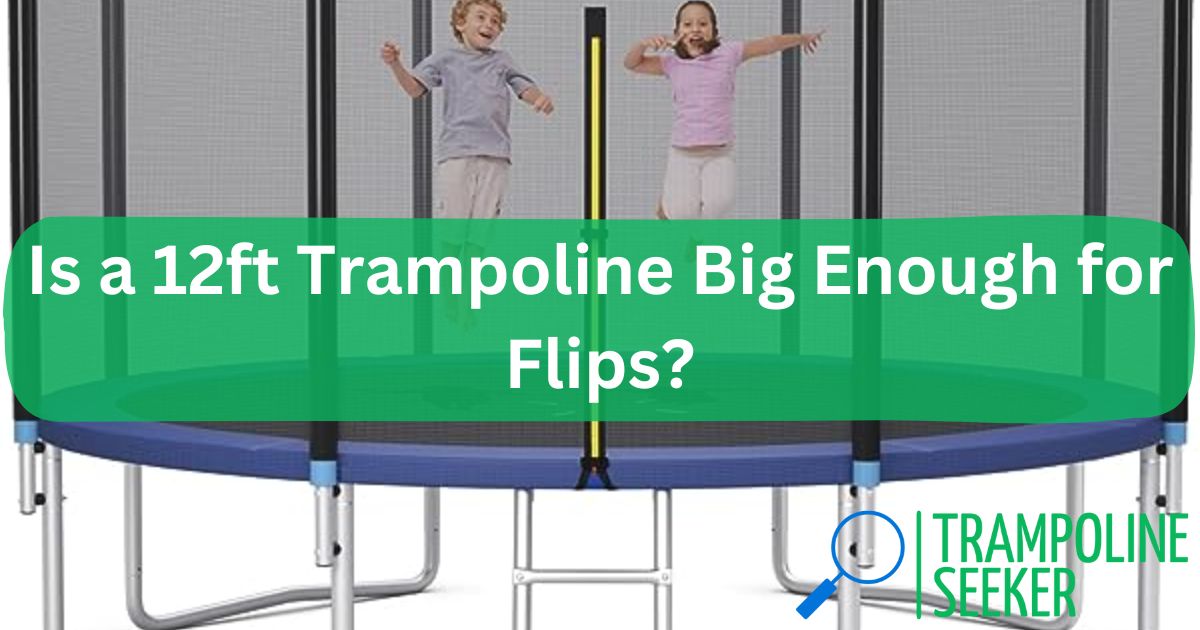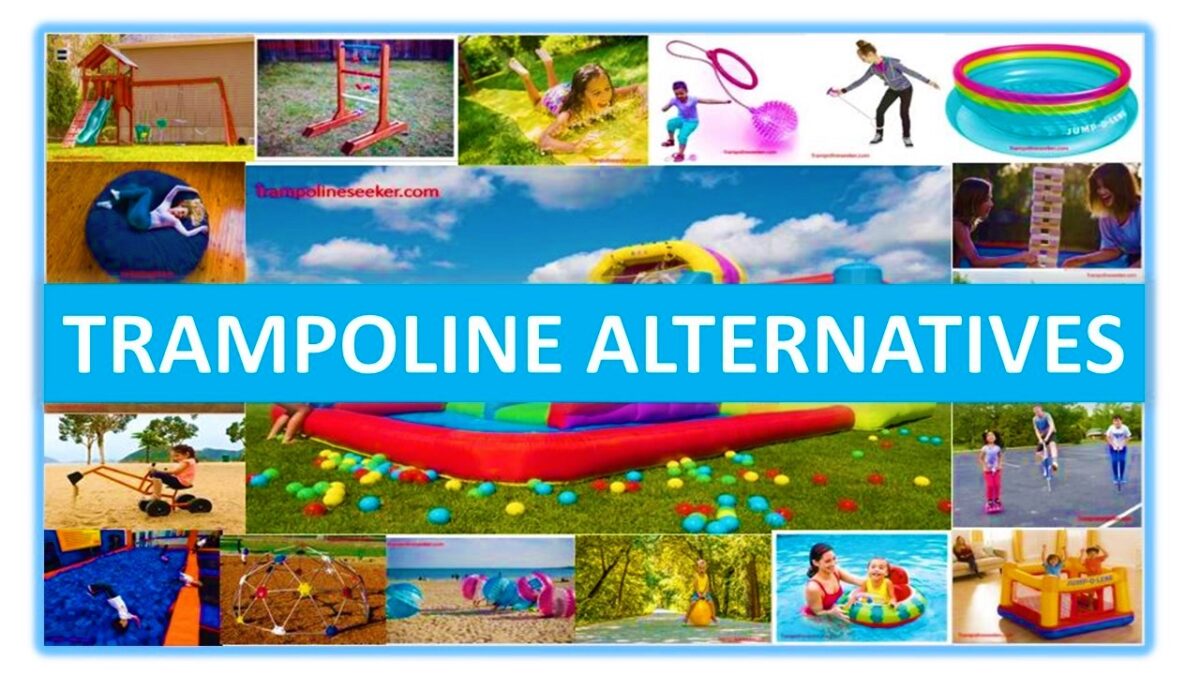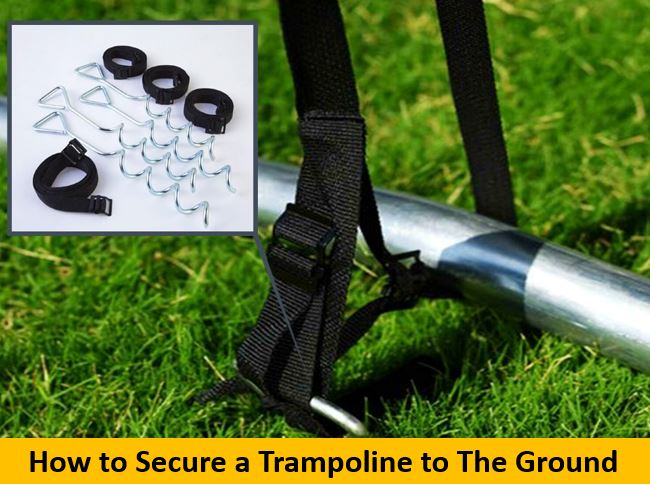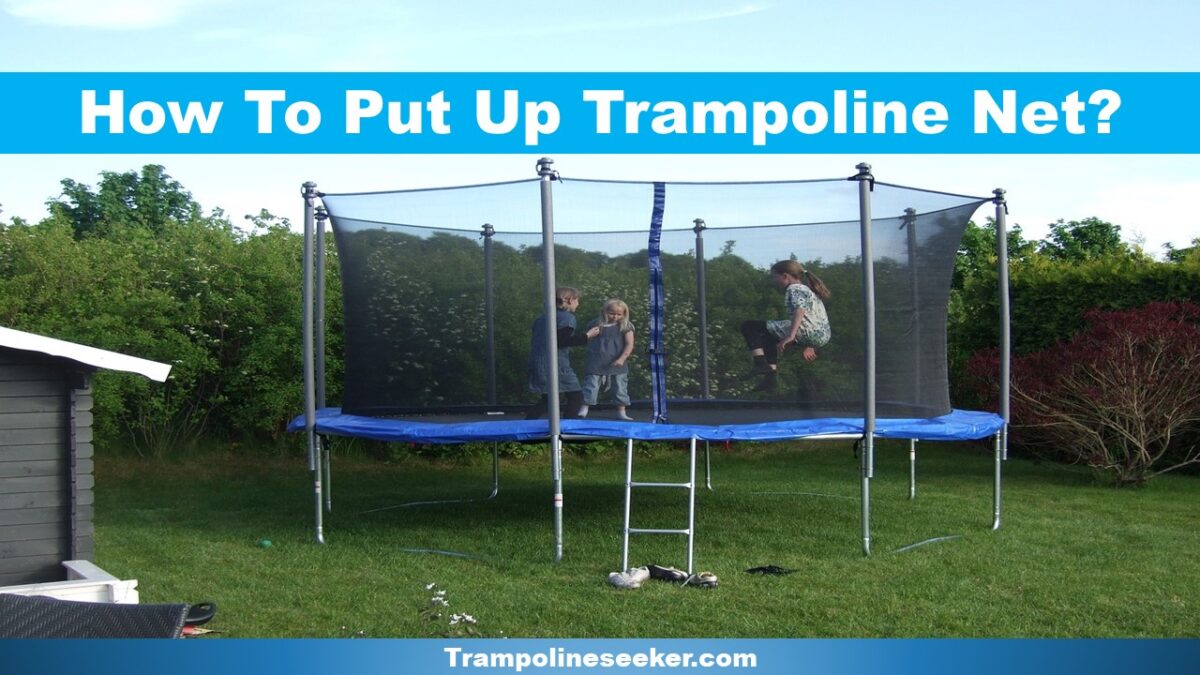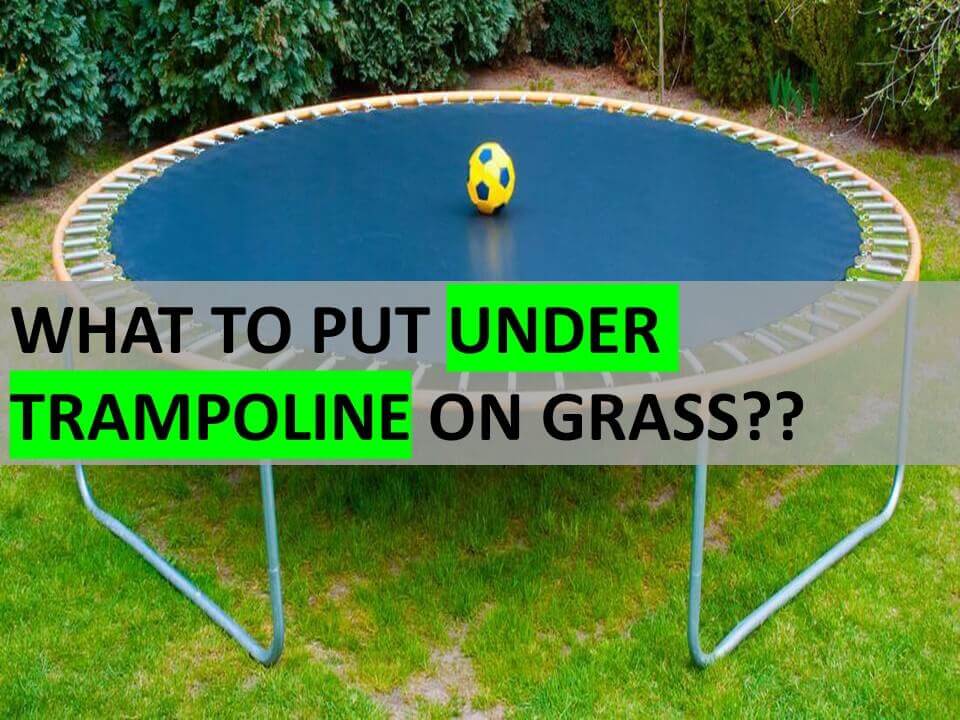Trampolines and rebounders are two popular options for exercising at home. Unfortunately, many people confuse the two and end up with the wrong equipment. Although rebounders and trampolines may look similar, they have a few key differences. Our goal here will be to compare and contrast rebounders and trampolines.
Rebounder Vs Trampoline
Rebounders are, types of trampolines, compact, smaller pieces of equipment for single users that can be used indoors and outdoors. While Trampolines provide larger jumping surfaces with multiple user capabilities, they are only used outdoors. As rebounders do not bounce as high off the ground as trampolines, they tend to be less impactful than trampolines. However, users cannot jump as high on rebounders as on trampolines, so they cannot reach the same heights.
Both (rebounder and trampoline) offer benefits in terms of aerobic exercise and strength training, making them excellent options for anyone seeking an enjoyable workout at home!
Rebounder Vs Trampoline Differentiation Table
Feature | Rebounder | Trampoline |
Purpose | Fitness/Exercise | Recreation/Fun |
Size | Smaller, typically 40 inches | Larger, typically 10-15 feet |
Bounce | Less bounce | More bounce |
Weight Capacity | Lower weight capacity, typically 250-300 pounds | Higher weight capacity, typically 300-400 pounds |
Safety Features | Often have stability bars and non-slip mat | Enclosed with safety netting, padded poles and frame padding |
Types of Use | Can be used indoors or outdoors, depending on size and design | Typically used outdoors, but some models can be used indoors |
Cost | Generally less expensive | Generally more expensive |
What is a Rebounder?
Rebounders refer to small trampolines specially designed for gentle exercising. They are perfect for home use due to their small size and portability. Rebounders usually have a diameter of 40 inches and are constructed from durable materials that can tolerate frequent usage. Individuals can enhance their balance, coordination, and cardiovascular fitness by engaging in rebounding activities.
What is a Trampoline?
A trampoline is a larger piece of recreational equipment. Trampolines are much bigger than rebounders and can range from 8 to 16 feet in diameter. They are generally made of a steel frame, springs, and a mat for jumping. Trampolines are designed to provide high-flying fun for the whole family.
Key Differences Between Rebounders and Trampolines
- Size: The clearest difference between rebounders and trampolines is their size. In comparison with trampolines, rebounders are smaller and more compact, making them easier to store and transport..
- Purpose: Another key difference between rebounders and trampolines is their purpose. Rebounders are designed for low-impact exercise, while trampolines are for recreational purposes.
- Bounce: Rebounders are designed to provide a low-impact bounce that is easy on the joints, while trampolines are designed to provide a high-impact bounce that can be hard on the joints.
- Safety: While rebounders and trampolines can be used safely, rebounders are generally considered safer than trampolines. This is because rebounders have a lower bounce and are less likely to cause injuries.
Check which one is better rebounder or trampoline?
Which is Safer: Rebounder or Trampoline?
There is generally a perception that rebounders are safer than trampolines. This is because rebounders have a lower bounce and are less likely to cause injuries. However, it is essential to note that rebounders and trampolines can be used safely with proper precautions.
Which is Better for Weight Loss: Rebounder or Trampoline?
Trampolines and rebounders are both effective weight loss tools. However, rebounders are typically considered more effective because they provide a low-impact, easy workout on the joints. This means that individuals who are overweight or have joint pain can still exercise without causing further damage.
Which is Better for Cardio: Rebounder or Trampoline?
Both rebounders and trampolines can provide a great cardiovascular workout. However, rebounders are designed to provide a low-impact bounce, making them a better option for individuals with joint pain or recovering from an injury. While trampolines give a high-impact bounce that can be hard on the joints, they can be more effective for individuals seeking a more intense workout.
Q: Can rebounders be used for high-impact exercises?
A: No, rebounders are specifically designed for low-impact exercises. As they bounce gently, they are easy on the joints.
Q: How much does a rebounder or trampoline cost?
Depending on the size, quality, and brand, rebounders and trampolines can vary in price. Generally, rebounders are less expensive than trampolines, ranging from around $30 to $300. The more affordable rebounders are typically smaller and may have fewer features, while higher-end models are larger and come with stability bars, resistance bands, or other accessories.
Trampolines are generally more expensive than rebounders, ranging from around $100 to over $1,000. The trampoline’s size, quality, and safety features can affect its cost. Larger trampolines with higher weight capacities and more safety features, such as enclosure netting and padded frames, will generally be more expensive than smaller or more basic models.
Q: Are rebounders and trampolines safe for children?
A: Rebounders and trampolines can be safe for children if used under adult supervision and with proper safety precautions.
Conclusion:
The purpose of rebounders and trampolines differs, even though they may appear similar. Rebounders are specifically designed for low-impact exercises, while trampolines are intended for recreational use. Rebounders are generally considered safer and more effective for weight loss and individuals with joint pain. On the other hand, trampolines can provide a more intense workout, but they can be hard on the joints. Before choosing a rebounder or trampoline, consider your fitness goals and needs.
Must Read:





